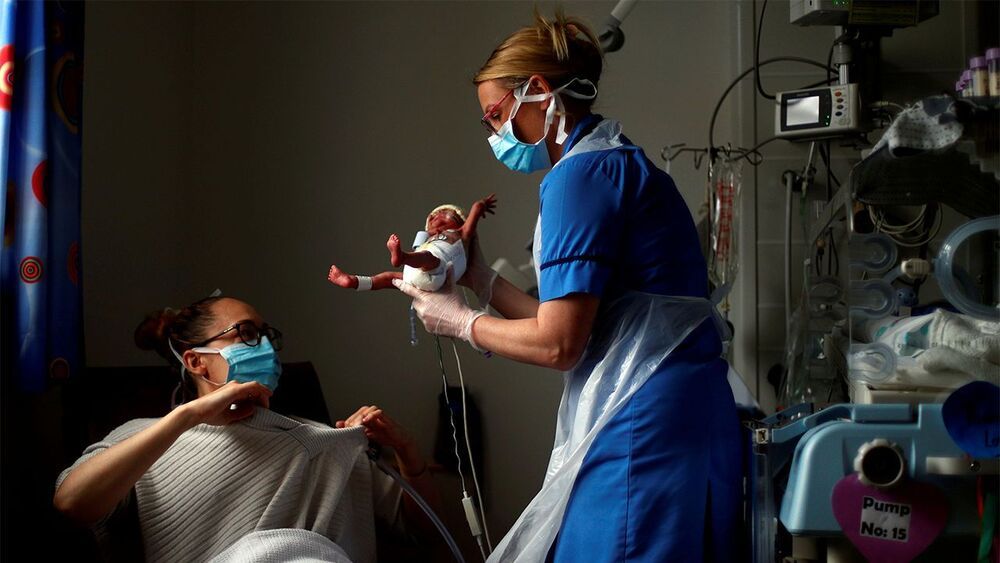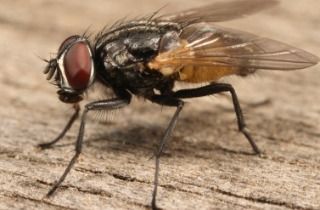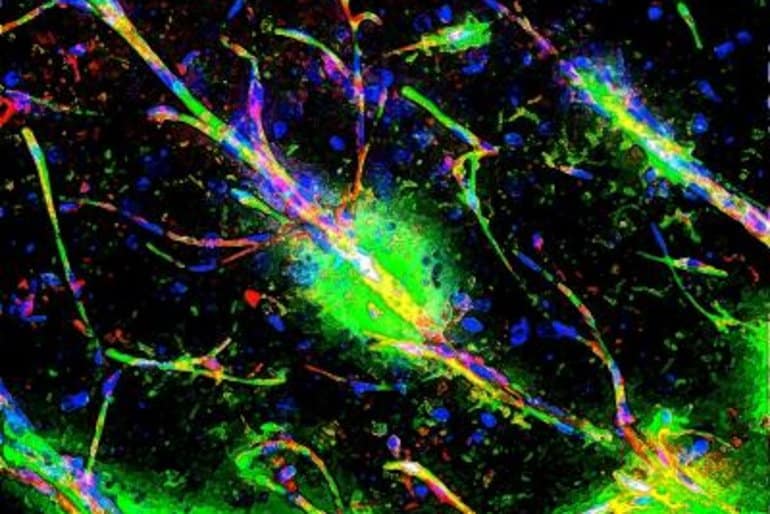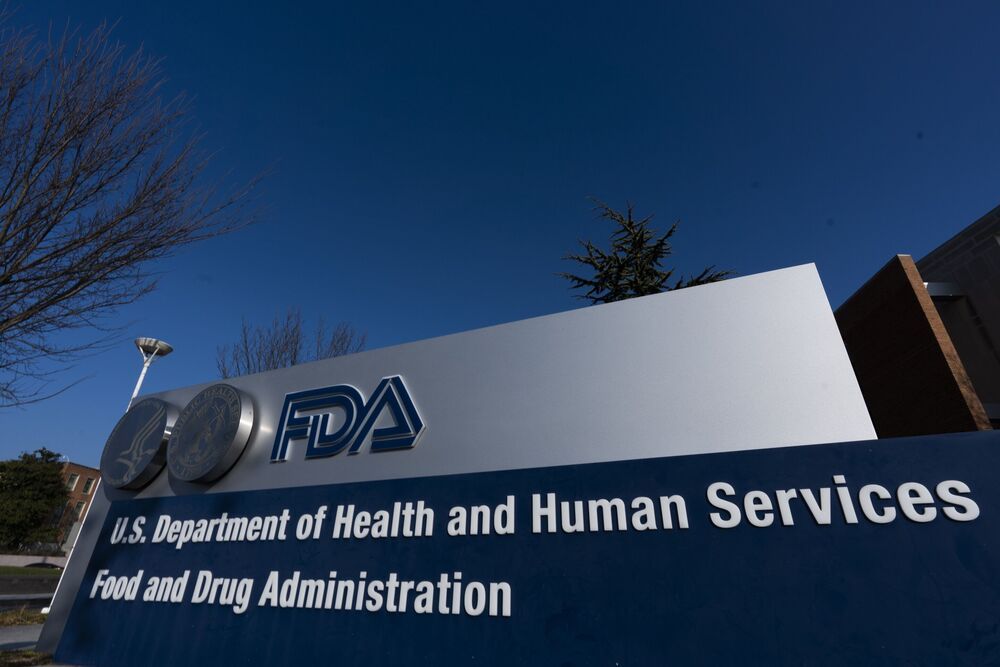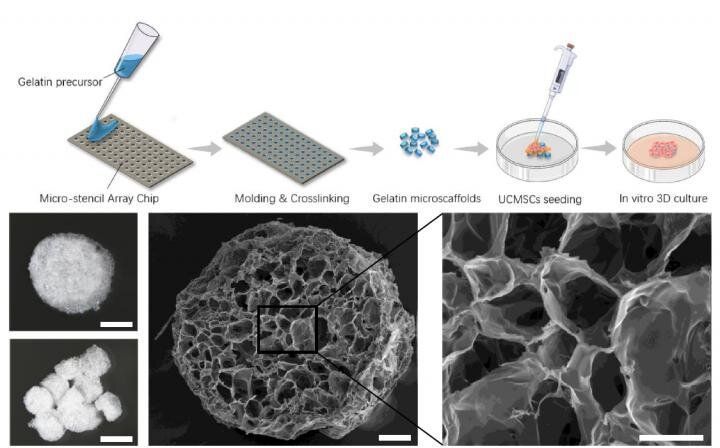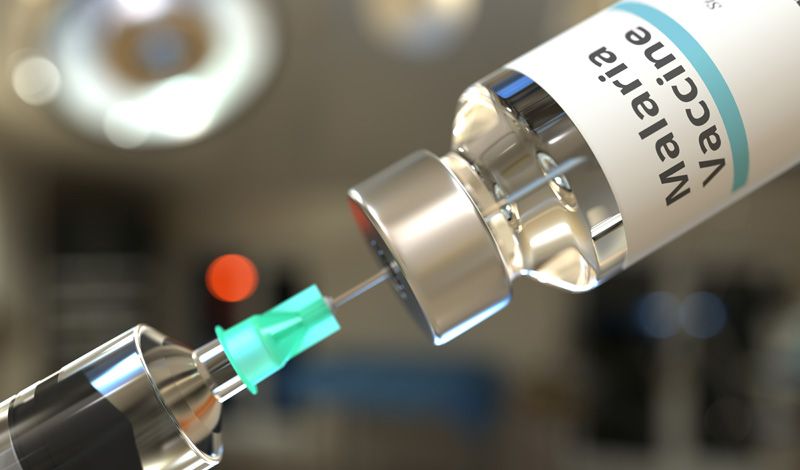“More than 100 malaria vaccine candidates have entered clinical trials in recent decades, but none has shown efficacy greater than 75% – until now.” https://www.futuretimeline.net/images/socialmedia/
Researchers led by the University of Oxford have completed a Phase II trial of R21/Matrix-M, a candidate malaria vaccine, which demonstrated an efficacy of 77% over 12-months of follow-up.
In their findings, posted on SSRN/Preprints with The Lancet, they note that their study is the first to reach the World Health Organization’s goal for a vaccine with at least 75% efficacy by 2030. It represents a substantial improvement over the current most effective malaria vaccine, which has shown just 55% efficacy in trials on African children.
The authors conducted a randomised, controlled, double-blind trial at the Clinical Research Unit of Nanoro (CRUN) / Institut de Recherche en Sciences de la Santé (IRSS), in the West African country of Burkina Faso. They recruited 450 participants, aged 5–17 months, from the catchment area of Nanoro, covering 24 villages and a population of 65000 people.
